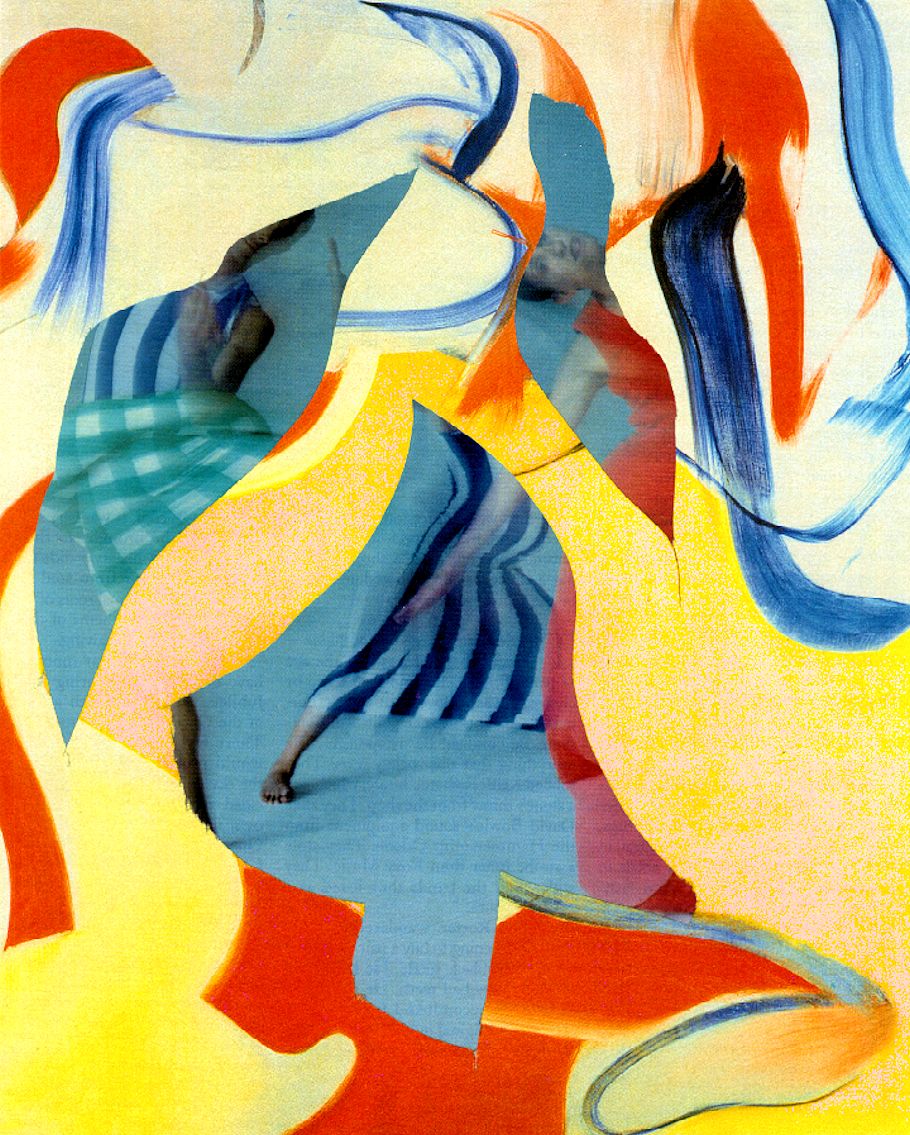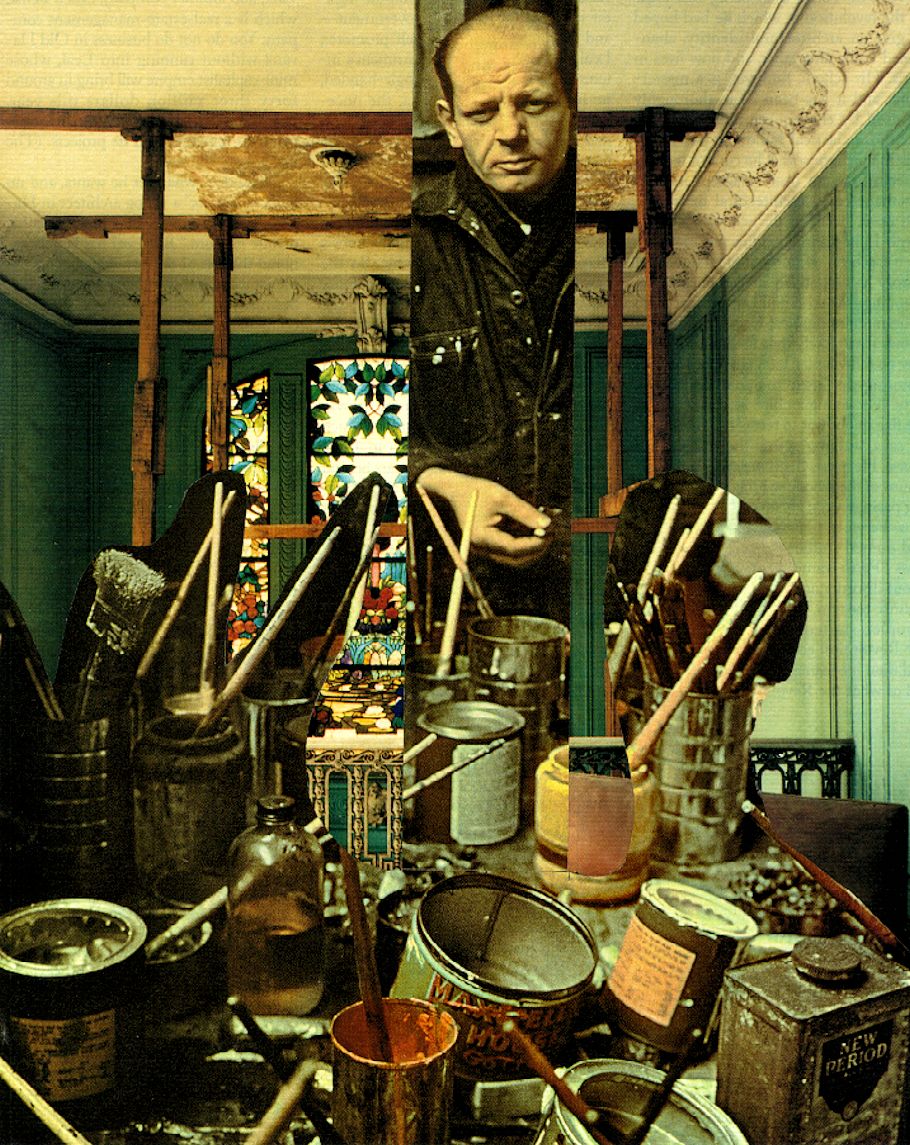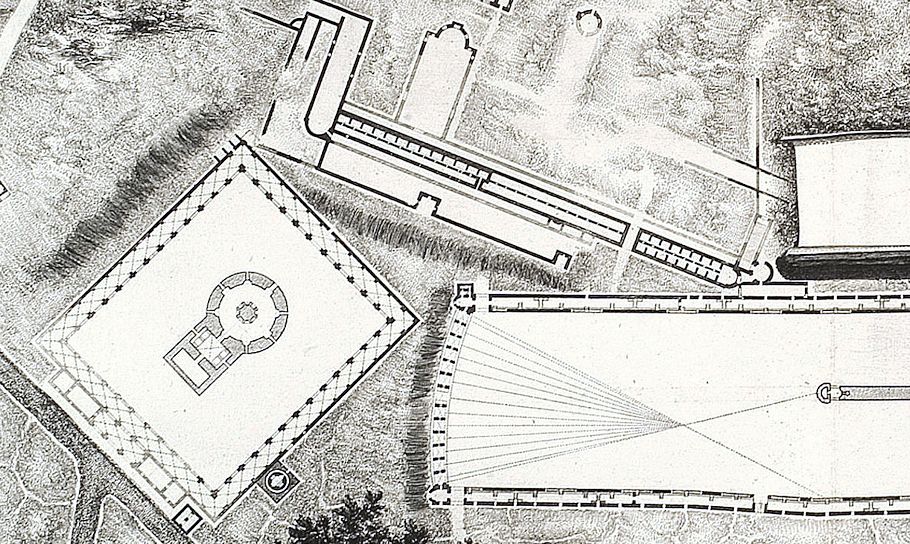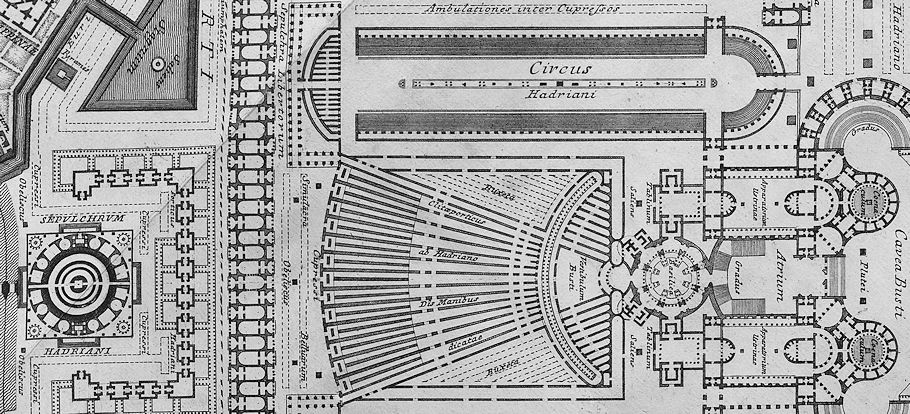13 June 1778 Saturday
. . . . . .
1789
Descrizione dei circhi, particolarmente di quello di Caracalla e dei giochi in esso celebrati
Description of circuses, particularly that of Caracalla and the divine games celebrated in it

Preface of the lawyer Carlo Fea.
It would be too long, and unnecessary, to want to tell here in detail the origin and the events of this work, and how it finally comes to light; we will tell what can most closely interest the curiosity of men of letters, and nothing more.
The author of it is the late Mr. councilor Gio. Lodovico Bianconi, famous name for the erudite letters on Aulus Cornelius Celsus, and for other acclaimed productions. He had conceived the beautiful and very vast project of giving engraved in copper, and illustrating with his observations, all the most preserved ancient monuments, which can still be seen today along the Via Appia, which was the most decorated with grandiose sepulchres, times, and of other public buildings, such as that, which Stazio is rightly called, Appia is the queen of long roads.
32 y.o. Francesco Piranesi 1 August 1790
Raccolta de'Tempj antichi, Vol. II.

Large demonstration of some parts of the Portico of the Pantheon
A. Outer Order Column. B. Profile of the Tablature, or Frame, Frieze, and Architrave of the said Order. C. Profile of the corresponding architrave cornice in the interior of the Pronaos, or Portico. D. Plan of the Base of half of one of the Pillars with three equal sides of the inside of the Portico cut above the Immoscapo. E. Portion of the said Pilaster with its Base cut where the aforementioned Plan was formed. F Plan of a quarter of the Capital of the aforementioned Pilasters cut below the Sommoscapo. G. Plan of half a quarter of the Capital cut below the Caulicoli Leaves. H. Plan of the other similar portion of the Capital cut above the Leaves of the Caulicoli. I. Capital with portion of the Pilaster cut where the Plan was formed. F. K. Spaccato of the Capital on the midline. L. Profile of the Bell of the Capital. M. Portion of the Plinth that remains covered by the floor, the said measurements were taken in the Pillar marked on the Plan A.
Cav. Francesco Piranesi drawn and engraved
13 June 1812 Saturday

Morning rainy till about 11. James went to town to get necessaries for his mowers. He finished planting late potatoes first. We sent invitation to JL etc. for tomorrow. Evening S and SL came out, he brought me a message from T Stewardson which makes it necessary for me to go town to meet the arbitrators Monday next at 4 PM. Temperature not observed today.
13 June 2002

The More Things Change

Last Century's Mess
13 June 2004
 
Blicks von Moravia 7
13 June 2022

Mausoleum of Valerius Romulus, remains of ancient dining hall, Circus of Maxentius, plans, detail of Giovanni Battista Piranesi (attributed), 'Pianta degli avanzi di un 'antica Villa, sue Fabbriche, e Circo volgarmente detto di Caracalla fuori di porta S. Sebastiano' first state, circa 1775-78 in Le Antichitā Romane vol. 1 (Universitätsbibliothek Heidelberg), 1787.

Bustum Hadriani, plan, detail of 'Ichnographia Campus Martius' (first state) in Giovanni Battista Piranesi, Il Campo Marzio dell'Antica Roma (Princeton University), 1762.
|
Other than the accurate plan formation of the circus, the 'plan of the remains of an ancient Villa, its buildings, and the circus commonly known as Caracalla outside Porta S. Sebastiano' offers further inimitable information. Fully unawares, Piranesi recorded the munus,8 the funeral games site, in honor of Valerius Romulus, the young son of the emperor Maxentius, who died in 309 at around the age of fifteen. Valerius Romulus was buried in the cylindrical structure surrounded by the rectangular arcade, and the rest of the ruins are very likely the remains of the dining hall where the munus came to an end. This whole complex of tomb, circus and dining hall is nothing less than a gigantic "machine" which facilitates the passage from this life to the next. What Piranesi did recognized however, is that he had already inventively reconstructed a similarly programmed group of buildings, the Bustum Hadriani within the 'Ichnographia Campus Martius,' hence finding an actual munus site along the Appian Way positively confirmed the veracity of Piranesi's own reconstructive design intuitions with regard to the proper architectural manifestation of a munus--correct and proper in all respects except for, of course, the dysfunctional symmetry of the circus plans.
13 June 2023 Tuesday
1717 30 September Birth of Giovanni Lodovico Bianconi Bologna.
1720 4 October Birth of Giovanni Battista Piranesi Venice.
1740 Piranesi works in Rome as a draughtsman for Marco Foscarini, the Venetian ambassador of the new Pope Benedict XIV.
1743 Prima parte di Architettura e Prospettive Piranesi's first publication.
1744 - c.1763 Bianconi is Councillor to Augustus IV Elector of Saxony at Dresden.
1748 Piranesi opens a workshop in Via del Corso, Rome.
1753 4 June Birth of Carlo Fea Pigna.
1758 Birth of Francesco Piranesi Rome.
1761 Piranesi becomes a member of the Accademia di San Luca.
1764 circa Bianconi returns to Italy.
1772 - Bianconi begins work on the Circus of Caracalla, carrying "out research on it, gathering eruditions, and writing reflections, which he believed to be new and more important; and at the same time he sent an architect to the place to make the drawings of the building, which he also had engraved in copper. But whether it was through ignorance or fraud by the artist, who served several masters at the same time, it was later found that the drawings were incorrect in such a way that it behooved the author to have them redone in part by another architect, and to engrave again."
1775 circa "Mr. Piranesi divulged the plan drawn by that same mercenary, who worked so sincerely for our Author, and in the same taste, that is to say, full of dreams, and of enormous blunders, fruit either of malice, or of crass ignorance, or of lightheadedness."
[13 June 2023 Is it indeed possible that it was Piranesi himself who Bianconi first hired to "make the drawings" of the Circus of Caracalla, and there actually never was a "mercenary"?]
1775 - 1777 Francesco was engaged in the study and measurement of the interior of the Pantheon.
1778 9 November Death of Giovanni Batista Piranesi; Francesco inherits his father's business.
1779 Bianconi publishes "L'elogio storico del cavaliere Giovanni Battista Piranesi".
1781 1 January Death of Giovanni Lodovico Bianconi Perugia.
1781 Fea discovers a statue of a discus thrower, the so-called "Discobolus," on the Esquiline in the Villa Palombara, Rome.
1786 circa Francesco publishes Icnografia del Circo de Caracalla fuori della Porta Capena in oggi S. Sebastiano.
1788 Autumn Carl Fredrik Fredenheim obtains "papal permission to carry out excavations at the Forum Romanum. The work involved a team of over 30 men under the supervision of Fredenheim and his associate in Rome, the engraver and art dealer Francesco Piranesi. Piranesi created images of the finds, and the locations were marked on a grid. The excavations are thought to have been among the first of their kind to take a scientific approach."
1789 15 November Fea finishes his 'Preface' to Biabconi's Descrizione dei circhi, particolarmente di quello di Caracalla e dei giochi in esso celebrati at the Biblioteca Chigiani, Rome.
1810 27 January Death of Francesco Piranesi Paris.
1836 18 March Death of Carlo Fea Rome.
The one thing that inextricably links all four men together is the Circus of Caracalla, and, just as Bianconi and Piranesi reflect each other in this regard, so too do Francesco and Fea. And, furthermore, the story of Piranesi's final project would not be complete without the inclusion of each one's Circus of Caracalla work.
|
|








